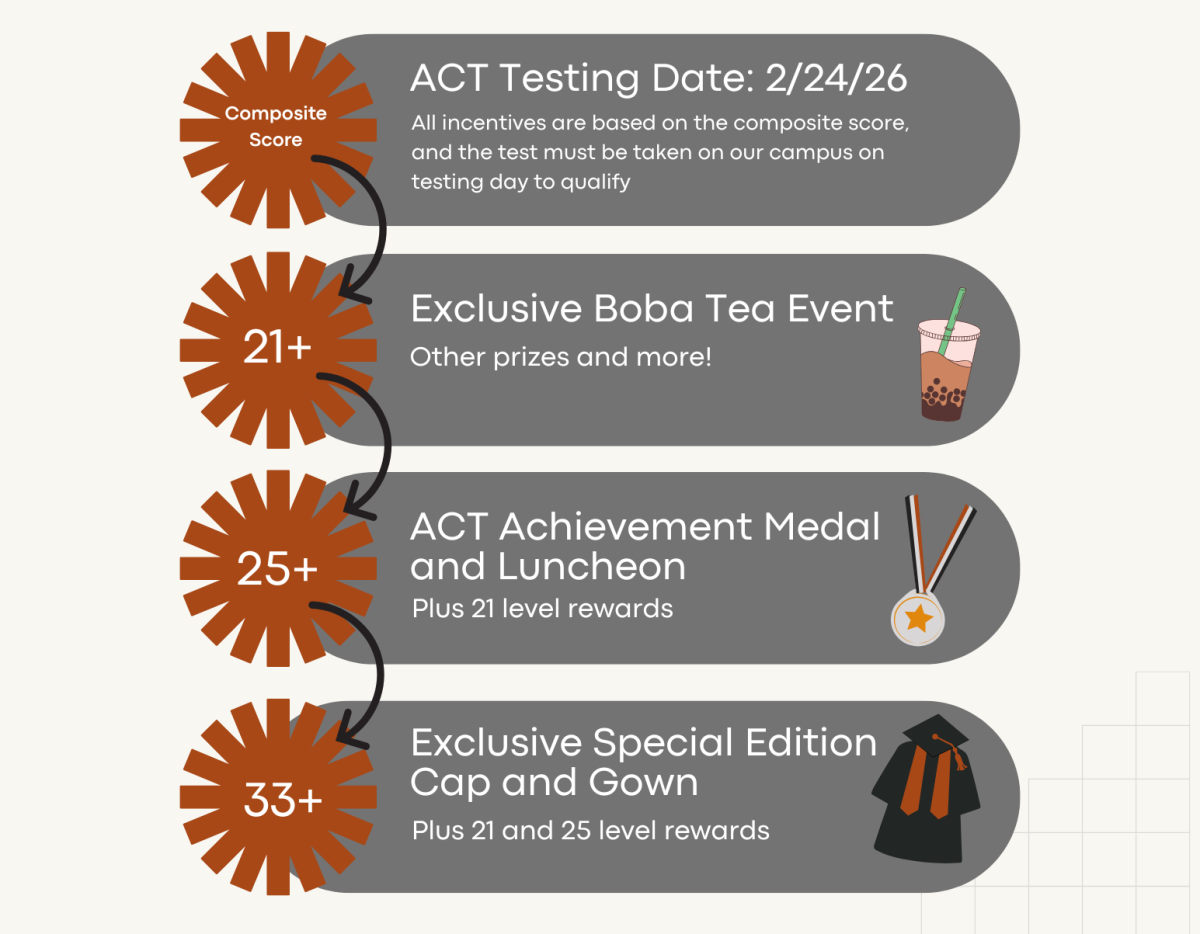As a way for students to apply what they have learned, those in Mary Breslin’s Anatomy & Physiology class have been diagnosing fake patients in their recent cardiovascular unit worksheets.
“The worksheets helped me understand the topics we are learning more in depth because I am actually applying the information into real life situations,” junior Shinikee Garcia said. “Fake diagnosing has helped me understand how the body systems are interconnected and allowed me to see that just because there is something wrong with one part of the body, doesn’t mean you will see symptoms in only one area.”
In the worksheets, students are presented with a microscopic picture of the patient’s blood in which they have to count the red and white blood cells, as well as the platelets.
“These worksheets have been good practice to identify severe medical problems such as anemia,” junior Danniele Donalvo said. “It is a good way to familiarize and learn the terms relating to the cardiovascular system and doing them has helped me learn the details about the different types of cells we have in our body. It helped me study in an easier way by identifying the diagnoses in different patients and [it] was overall beneficial.”
Students need to make sure that the counts, shape of the blood cells and the platelets are normal. If they are not, students need to look back and review why there may be irregularities and make a diagnosis of the possible underlying condition.
“I like the cardiovascular system worksheets because they provide a lot of information and have helped me learn a lot more about various diseases,” junior Jean Mountain said. “Fake diagnosing patients is helping me recognize and learn diseases based on their symptoms and it’s been pretty easy to follow along the patient files.”
Through these types of worksheets, students get a glimpse of what being a medical professional is like and can gain a better understanding of how the cardiovascular system works throughout the body.
“I like to use worksheets [activities] or lab experiences that have students apply [the] knowledge they acquire about an anatomy topic,” Breslin said. “I feel this gives the student a better learning experience because they can see why knowing that information is important. By using patient scenarios, it requires them to use higher level thinking and problem solving skills.”
Using fake patient files to diagnose different cardiovascular disorders, students in Anatomy & Physiology have been studying blood cells and how they affect the human body. Through this unit, students have applied what they know in a real-life scenario to better prepare for future careers pertaining to the medical field.
“Since I am in the Respiratory Program, doing these worksheets have been kind of cool because we get to actually look at a blood sample and use our knowledge to detect underlying conditions or other health associated issues,” junior Isabell Min said.

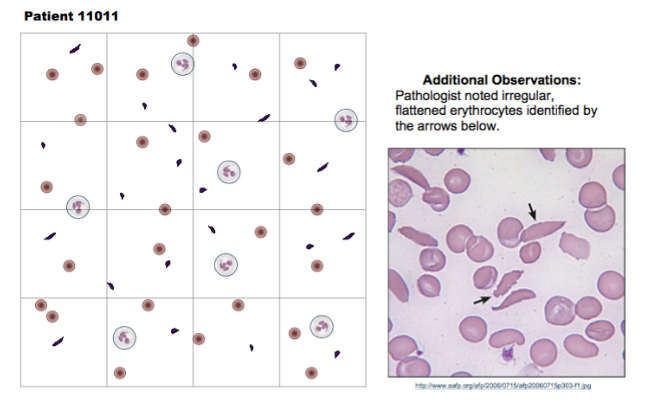
![Weighing her options, senior Allyana Abao decides between going on a practice drive or calling an Uber. Though unlicensed, Abao has considered driving to be a significant milestone of teen independence despite alternatives that provide much easier solutions.
“You're able to be independent and not rely on others,” Abao said. “You're able to get a job, get things that you need, go places you need to go. I have so many places that I want to go to and I ask [my family] for so much. I want to be independent to where they know that I can do things on my own, so they know that they don't have to be there for me.”](https://southwestshadow.com/wp-content/uploads/2025/10/IMG_2922-1200x900.jpg)
![Looking at the board, former BSU secretary Christina Altaye begins to prepare for BSU’s second year of Club Feud. This year, “Are You Smarter Than a Ninth Grader?” will be replacing this event. “I think it’s a fun change [to Club Feud],” BSU Activities Director Hellen Beyene said. “[I think] it’s always fun to do something new and different.”](https://southwestshadow.com/wp-content/uploads/2025/10/Screenshot-2025-09-29-11.06.43.png)

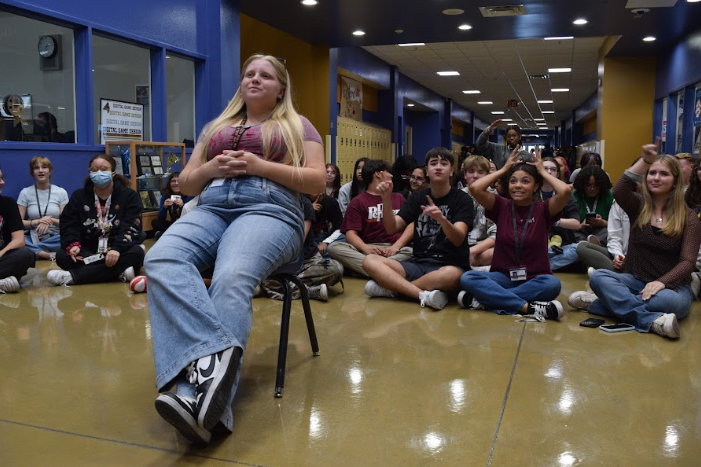
!["I will be attending Trunk or Treat [for FCCLA]" junior Crystal Li said. "We're gonna use Mr. Harbeson's car, and we will be [hosting three different activities]."](https://southwestshadow.com/wp-content/uploads/2025/10/IMG_0980-1200x900.png)
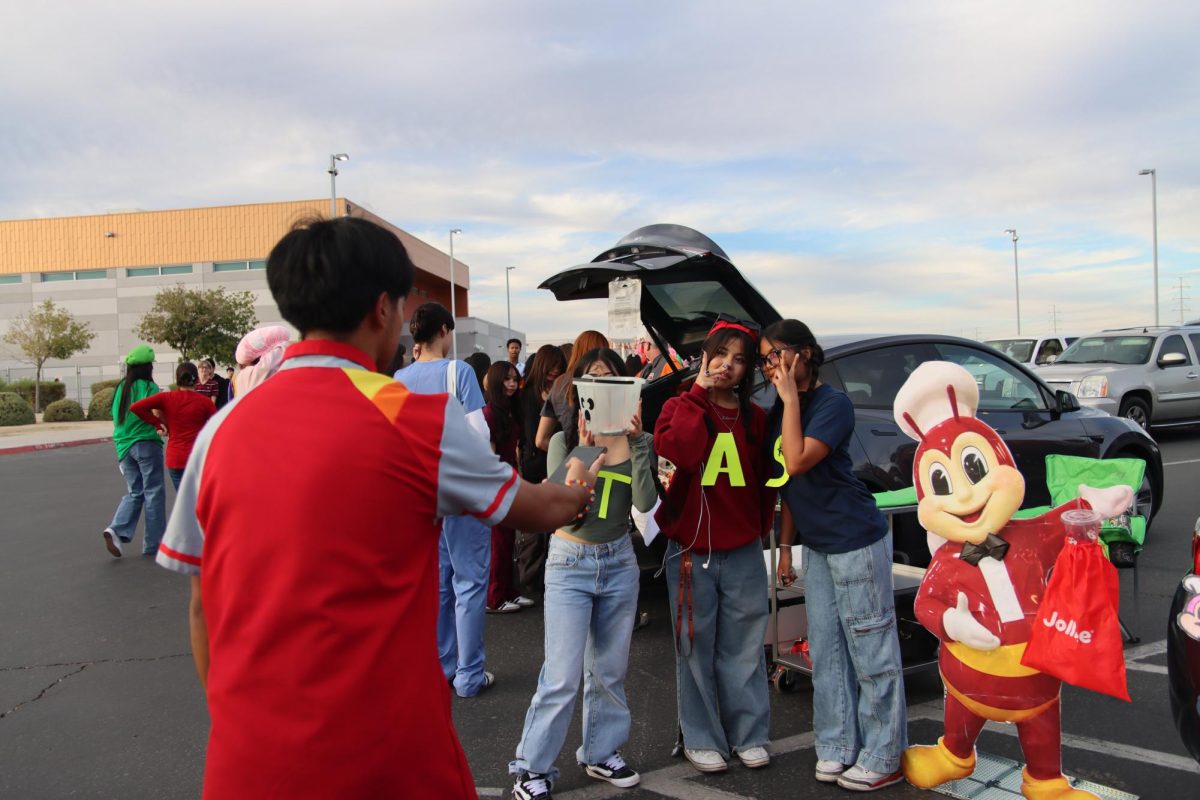
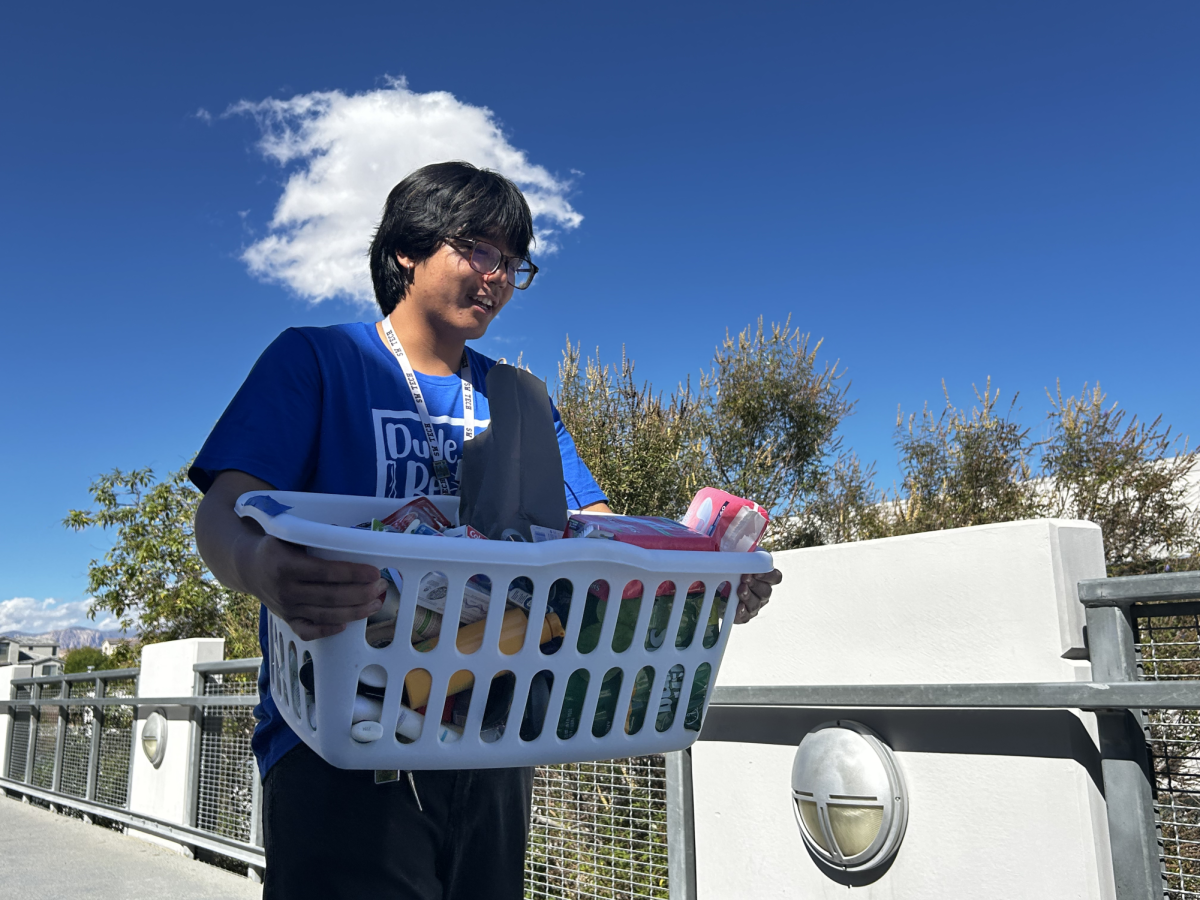
![Displaying a QR code for students to scan, the flyer allows students to sign up and learn about their desired colleges as they visit throughout the school year. Many schools have had additional presentations for students to learn more about what they offer. “For me, I’m interested in criminal justice,” junior Zion Jefferson said. “I know that UNLV and Nevada State University have this major. But, [the college fair] is going to be beneficial, so I can see what other schools offer as well.”](https://southwestshadow.com/wp-content/uploads/2025/10/IMG_2721-1200x900.jpg)
![Working in the Student Success Office, Attendance Secretary Lordis Depiazza inputs a student’s absence excuse note. Students are required to bring an excuse note to the attendance office within three days of any absence. “Reminding students that being in school is important because it reflects towards your grades and being able to do any activities with the school,” Depiazza said. “[It] seems to get the students' attention about wanting to be in school.”](https://southwestshadow.com/wp-content/uploads/2025/10/IMG_8313-1200x800.jpg)
![Arranging the fabric on the floor for a new project, senior Sapphyre-Ann Leung plans out her attire for the next deadline. With the recent closures, students now had limited resources and less margin for error with the fabric and materials they had in stock while trying to reach strict deadlines. “Joann’s had a lot of high-end fabric for our fashion competitions,” Leung said. “We couldn’t just buy ten yards of fabric from Hobby Lobby or Walmart. Since [Joann Fabrics] is no longer open, we have to buy items online, which is way more expensive.”](https://southwestshadow.com/wp-content/uploads/2025/10/IMG_0038-1200x800.jpg)
